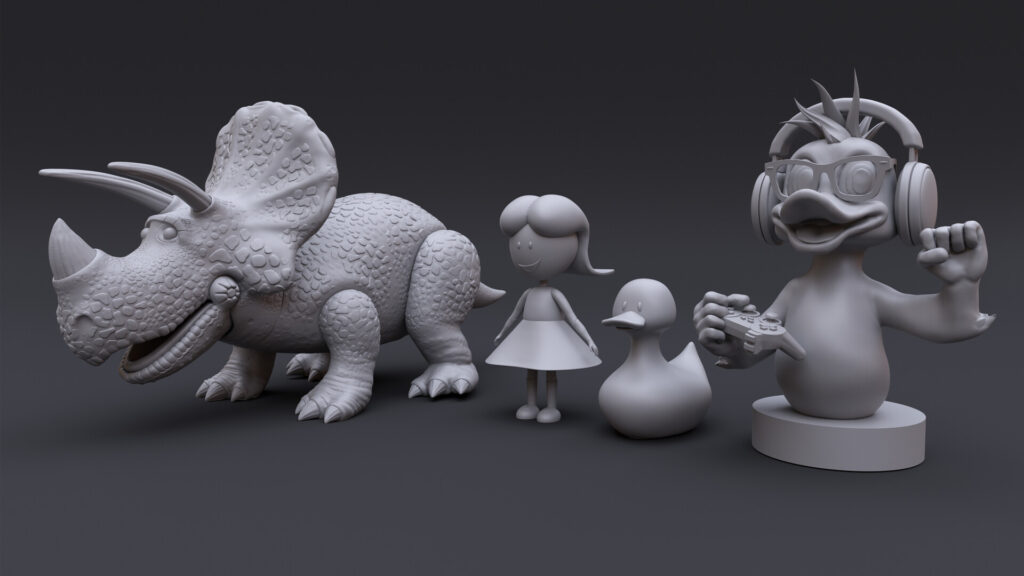Designing toys in 3D has revolutionized the toy industry, allowing for more intricate and innovative designs than ever before. With the advent of advanced software like Shapr3D, toy designers can now create detailed and precise models that were once thought impossible. This technology not only enhances the creative process but also streamlines the path from concept to production. Understanding how to design a toy in 3D is essential for anyone looking to make a mark in the toy design world.
One of the key benefits of 3D toy design is the ability to visualize and modify designs in real-time. This iterative process ensures that the final product is both functional and aesthetically pleasing. Additionally, 3D modeling toys for mass production becomes more efficient, as designers can easily make adjustments and test different variations. This flexibility is crucial for meeting the demands of the market and ensuring that the toys are both safe and enjoyable for children.
CAD (Computer-Aided Design) tools play a pivotal role in modern toy design. CAD for toy inventors provides a platform to bring their creative visions to life with precision and accuracy. These tools are not just for professionals; even beginners can learn to use them effectively with the right guidance. Shapr3D toy design, for instance, offers an intuitive interface that makes it accessible to designers of all skill levels.
Moreover, the integration of 3D printing in toy design has opened up new possibilities. Knowing how to design toys for 3D printing allows designers to create prototypes quickly and cost-effectively. This technology is particularly useful for small-scale production and custom toy designs. By leveraging Shapr3D for 3D printing toys, designers can ensure that their creations are not only visually appealing but also functional and durable.

